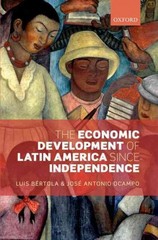Question
9. Consider again the New York taxi market, where demand is given by Q = 10 .5P, each taxi's cost is C = 980 +
9. Consider again the New York taxi market, where demand is given by Q = 10 .5P, each taxi's cost is C = 980 + 3Qt, and ACMIN = $10 at 140 trips per week.
a. Suppose that, instead of limiting medallions, the commission charges a license fee to anyone wishing to drive a cab. With an average price of P = $15, what is the maximum fee the commission could charge? How many taxis would serve the market?
b. Suppose the commission seeks to set the average price P to maximize total profit in the taxi industry. (It plans to set a license fee to tax all this profit away for itself.) Find the profit-maximizing price, number of trips, and number of taxis. How much profit does the industry earn? (Hint: Solve by applying MR = MC. In finding MC, think about the extra cost of adding fully occupied taxis and express this on a cost-per-trip basis.)
c. Now the city attempts to introduce competition into the taxi market. Instead of being regulated, fares will be determined by market conditions. The city will allow completely free entry into the taxi market. In a perfectly competitive taxi market, what price will prevail? How many trips will be delivered by how many taxis?
d. Why might monopolistic competition provide a more realistic description of the free market in part (c)? In the resulting zero-profit equilibrium, suppose average price falls only to $12.80. At this price, how many trips would a typical taxi make per week? (Are taxis underutilized?) How many taxis would operate?
Step by Step Solution
There are 3 Steps involved in it
Step: 1

Get Instant Access to Expert-Tailored Solutions
See step-by-step solutions with expert insights and AI powered tools for academic success
Step: 2

Step: 3

Ace Your Homework with AI
Get the answers you need in no time with our AI-driven, step-by-step assistance
Get Started


